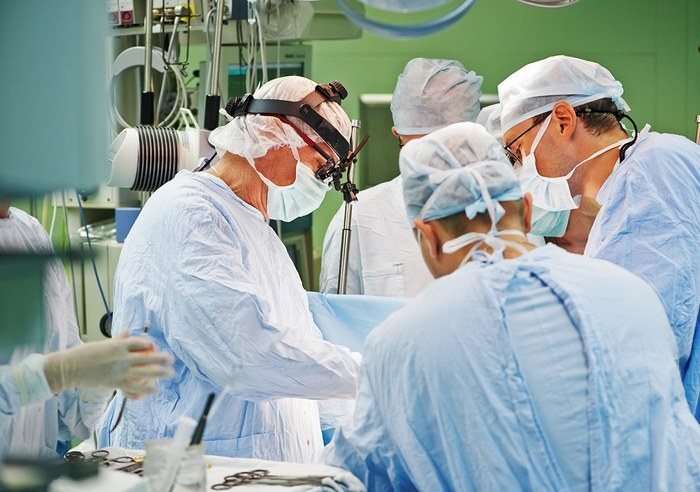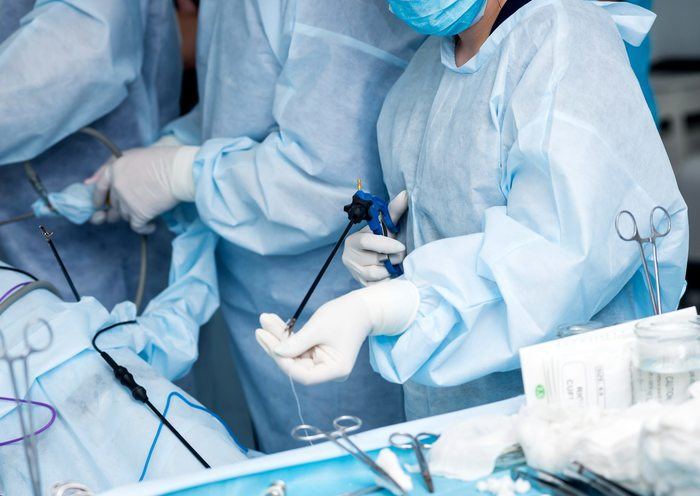EXO2
60 Day Sprint to Produce a Battlefield Ready Medical DeviceWarm Air Breathing Apparatus
Spontaneous hypothermia following trauma arises as a result of a reduction in circulating blood volume and has severe consequences for the victim. EXO2, a multinational company specializing in heated clothing, partnered with Tangent to create a new critical care device for battlefield trauma to treat trauma induced hypothermia by raising the core body temperature of the patient by a few degrees. Active warming of patients, to prevent spontaneous trauma induced hypothermia, is currently the best known method to improve patient outcome.
EXO2 and Tangent conceived of a new device, called the WABA (Warm Air Breathing Apparatus), that would warm a victim of battlefield trauma by providing warmed air for the victim to breathe. The device would be battery operated, extremely simple to operate in any orientation, and designed for use in a battlefield environment. EXO2’s existing technology, a proprietary heated rubber compound called Fabroc™ used in their heated clothing and other battlefield medical applications, seemed ideal for this product.
At the outset of the project, Tangent engineers completed hand calculations and basic simulations which revealed that heated air alone would not adequately warm the patient, but providing warm humid air was most effective way for delivering heat. This discovery changed the design team’s approach at the concept level to a device that would both humidify and heat the air before delivering it to the victim.
The Tangent and EXO2 team then embarked on an extremely compressed design-and-prototype cycle to produce the first functional prototype for testing within 30 days. CFD simulations were used to determine the required power for the fluid prior to introducing it to the patient airways. These simulations, or digital twin, allowed us to rapidly iterate without having to prototype.
Critical components of the design were then prototyped as many as eight times within a week to test their function and reconcile their performance with the results predicted by our CFD simulations. A functional prototype was produced at the end of the cycle, evaluated, and the process was repeated in a second 30 day sprint.
Tangent’s multidisciplinary team, experienced in the design and development of medical devices were able to lean on existing knowledge of the associated regulations, simulation, design and prototyping techniques that would be useful in the development of this product. In this way we were able to bolster the knowledge and capabilities of a technical client team with an agile and experienced group who could take a product idea from concept to functional prototype over a very short timeline. In a crunch, you can’t pay for people to learn new thing, and it is helpful to lean on an experienced product development team to take the risk out of design work.
In the end, Tangent and EXO2 were able to successfully build a battlefield ready device designed to warm the core body temperature of wounded souldiers to prevent trauma induced hypothermia. The result was an innovative, battery powered, device slightly larger than a juice box that was easy to deploy and use battlefield first aid device help prevent and treat trauma induced hypothermia.
The partnership yielded a final prototype that was passed on to the military for final evaluation and testing.


